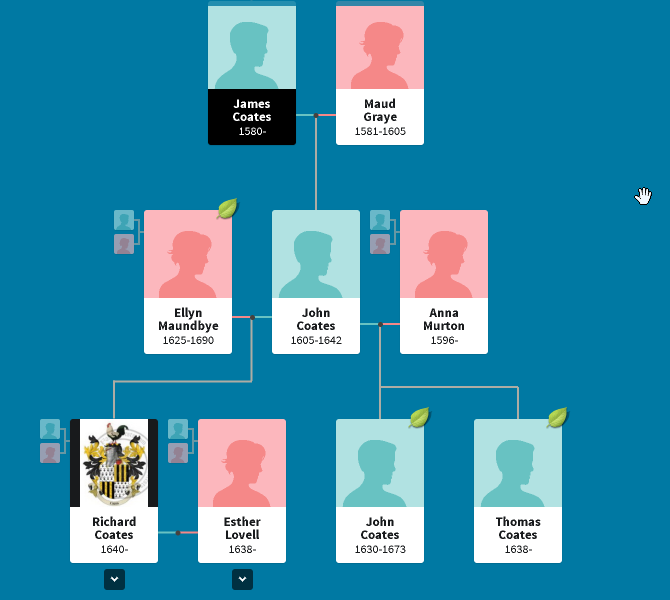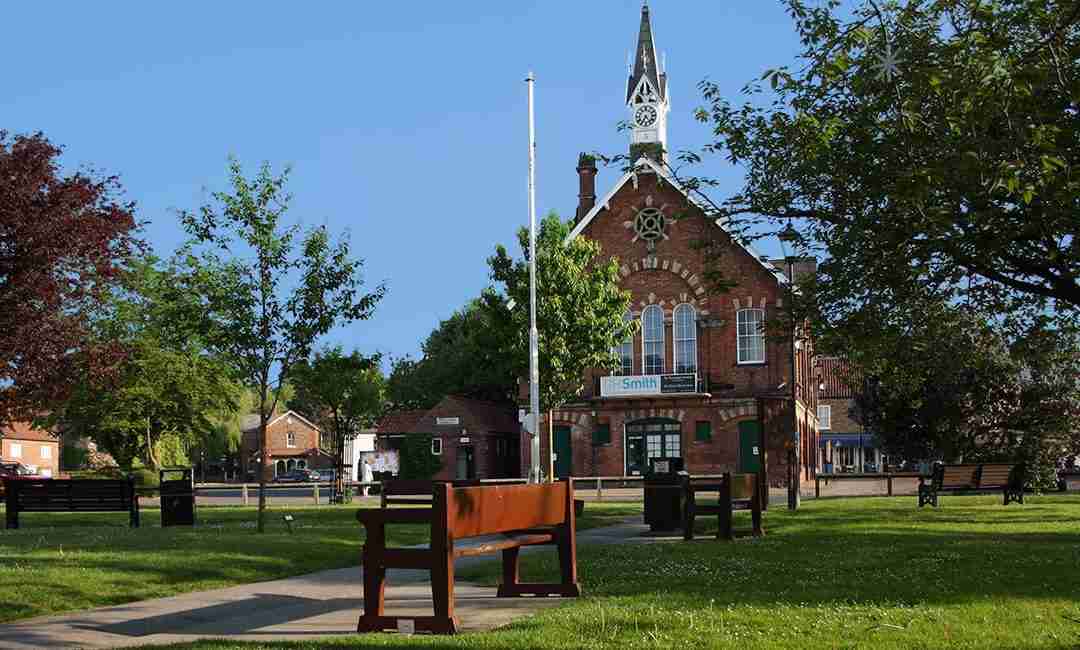Run a Google search for the meaning of my surname and you’ll see this:
“English: status name for a cottager, or a topographic name for someone who lived in a relatively humble dwelling (from Middle English cotes, plural (or genitive) of cote, cott), or a habitational name from any of the numerous places named with this word, especially Coates in Cambridgeshire and Cotes in Leicestershire.”
This is what Ancestry have to say about it; they are, in turn, quoting the Dictionary of American Family Names (OUP,2013). But given that my natural assumption was that my ancestors were not high-falutin’ folk, the idea that my family name means “someone who lives in a pretty basic house” did strike a chord with me. It also triggered memories of my childhood, spent living in flats above shops, owned by my Dad’s employers. Those were pretty humble dwellings, now I think about it.
The website House of Names uses flowery language in an attempt to inject just a tiny bit of glamour but basically fails:
“The ancient history of the Coates name begins with the ancient Anglo-Saxon tribes of Britain. The name is derived from when the family resided at the cotes which was in turn derived from the Old English word cote, which means at the cottage, which denotes that the initial bearer of this surname lived in a little cottage.”
So… basically, the name means “someone who lives in a pretty basic house”. Thanks for that, House of Names; forgive me if I don’t shell out $17.95 for your PDF of the ‘Extended History’.
These definitions don’t say much about what kind of lives my ancestors might have led, but they do hint at them not being easy existences, particularly in 16th century Yorkshire, which is where the trail of hints, official records and other information found on Ancestry led me.
As far as I can make out, the earliest ancestor I can trace is James Noakes (b1580), who lived in Easingwold, Yorkshire. James is my 11th great-grandfather.
These days, Easingwold is a small market town promoted as a world-class destination for food lovers. It has held a Market Charter since 1221 and also had an ecclesiastical manor, which passed to the bishops of Chester following the founding of that diocese in 1541, and to the archbishop of York in 1974.
The church pictured at the top of this page was rebuilt between 1388 and 1418 (a stone-built church had existed since c1150) and is away from the town centre, which developed in the 17th Century following the revival of the market.
Knowing what we do about where he lived, we might presume that James Coates worked on the land. It is known that Easingwold became a centre for pig and dairy farming in the 1600s.
Tracing backwards using church records and with a little help from other Ancestry users, we can be confident that James married Maud Graye and they had at least one son, John. John appears to have married twice, in 1627 and 1638. His first wife, Anna Murton, bore John a son, John junior. I can’t be sure, but the evidence suggests that Anna may have died in childbirth delivering John’s second son, Thomas, in or around September 1638.
It then seems that John married Ellen Maundbye in November 1638. Ellen is definitely mother to Richard, who is my 9th great-grandfather. This is what the family tree looks like for them:

John Coates died in 1642, leaving his much younger second wife to raise at least three children. Ellen lived to be 65; a reasonable age during that era.
